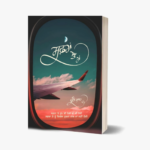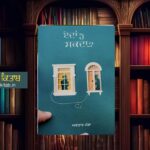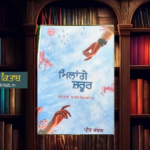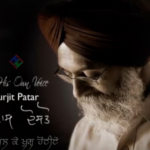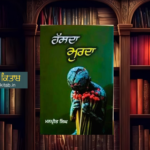That was our tryst, yours and mine.
We slept on a bed of stones,
and our eyes, lips and finger tips,
became the words of your body and mine,
they then made a translation of this first book.
The Rig Veda was compiled much later.
– Amrita Pritam, “First Book”
Composing from a minority viewpoint as an American, it’s frequently elusive imaginative and scholarly archetypes who are composing from your way of life of beginning however who aren’t really writing in English or simply attempting to be VIPs in the worldwide Anglophone artistic commercial center. For South Asian authors, for ladies in the abstract expressions, and for scholars who are hoping to challenge the man centric authority of Anglo-American writing, Amrita Pritam is an absolute necessity know essayist. During the 1940s, she came to unmistakable quality as a political and women’s activist essayist in India, first in Punjabi writing, at that point in Hindi and Urdu interpretation, lastly globally. By the 1950s, as Simone de Beauvoir and Bretty Friedan in the West, Pritam was testing male centric qualities at home, rethinking sex jobs and accounts doled out to ladies, and straightforwardly testing heteronormative sexual legislative issues. In doing as such, she introduced another flood of women’s activist writing in mid-twentieth century India even as she confronted analysis for her work from her male partners and from inside the Punjabi, Hindi, Urdu, and South Asian distributing businesses on the loose.
Composing from a minority viewpoint as an American, it’s frequently elusive imaginative and scholarly archetypes who are composing from your way of life of beginning however who aren’t really writing in English or simply attempting to be VIPs in the worldwide Anglophone artistic commercial center. For South Asian authors, for ladies in the abstract expressions, and for scholars who are hoping to challenge the man centric authority of Anglo-American writing, Amrita Pritam is an absolute necessity know essayist. During the 1940s, she came to unmistakable quality as a political and women’s activist essayist in India, first in Punjabi writing, at that point in Hindi and Urdu interpretation, lastly globally. By the 1950s, as Simone de Beauvoir and Bretty Friedan in the West, Pritam was testing male centric qualities at home, rethinking sex jobs and accounts doled out to ladies, and straightforwardly testing heteronormative sexual legislative issues. In doing as such, she introduced another flood of women’s activist writing in mid-twentieth century India even as she confronted analysis for her work from her male partners and from inside the Punjabi, Hindi, Urdu, and South Asian distributing businesses on the loose.
The bonds and shows of society are surely reflected in my verse, contrarily, obviously. Be that as it may, I think each shrewd individual needs to endure… Suffering is the value the keen individual needs to pay. With respect to ladies, I feel that ladies in writing are not the same as ladies in different fields… Basically, there is a bias against ladies in writing. Men trifle with ladies’ composition; they question a ladies’ truthfulness. For instance, when I got this Sahitya Akademi Award, and with it acclaim, the main English every day in Delhi composed that I got my ubiquity in Punjabi writing as a result of my childhood and magnificence. I felt extremely sorry to understand that. Why not ability? They can respect an excellent lady, yet not a capable one. (Coppola 11)
Composing from a minority viewpoint as an American, it’s frequently elusive imaginative and scholarly archetypes who are composing from your way of life of beginning however who aren’t really writing in English or simply attempting to be VIPs in the worldwide Anglophone artistic commercial center. For South Asian authors, for ladies in the abstract expressions, and for scholars who are hoping to challenge the man centric authority of Anglo-American writing, Amrita Pritam is an absolute necessity know essayist. During the 1940s, she came to unmistakable quality as a political and women’s activist essayist in India, first in Punjabi writing, at that point in Hindi and Urdu interpretation, lastly globally. By the 1950s, as Simone de Beauvoir and Bretty Friedan in the West, Pritam was testing male centric qualities at home, rethinking sex jobs and accounts doled out to ladies, and straightforwardly testing heteronormative sexual legislative issues. In doing as such, she introduced another flood of women’s activist writing in mid-twentieth century India even as she confronted analysis for her work from her male partners and from inside the Punjabi, Hindi, Urdu, and South Asian distributing businesses on the loose.



